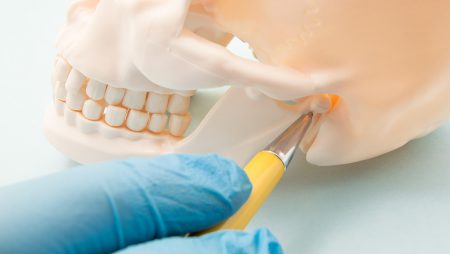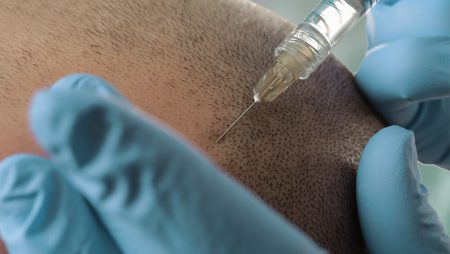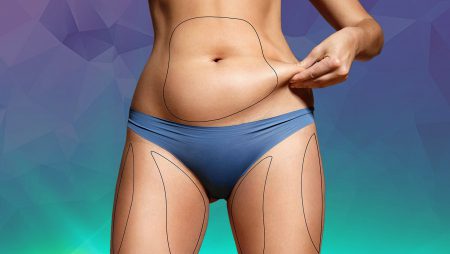Breast augmentation is a cosmetic procedure performed to enhance the breasts of a woman. Breast augmentation is a very popular procedure women undergo after the appearance of their breasts have changed due to pregnancy, ageing, breastfeeding, and genetic asymmetry. The breasts are enhanced by placing implants into the breasts.
The procedure is performed under local or general anaesthesia. It usually takes 1-2 hours to perform. An incision of 4-5 cm is created to insert the implant. The implant is placed either behind the breast tissue or behind the chest muscle, depending on the breast structure of the patient. Hospitalisation of 2-3 days is usually required.
The various types of breast implants consist of the following:
- Silicone implants. These implants consist of an outer silicone layer, which has been filled with a sterile water (saline) solution. They are manufactured for use in various sizes. They are approved by the FDA (Food and Drug Administration).
- Silicon implants that are gel-filled. These implants consist of an outer silicone layer. This inside is empty. It is filled with a saline solution during surgery.
- PVP: The inside of the silicone implant is filled with chemical called PVP (Polyvinyl Pyrrolidone Povidone). This implant, which is in ready-to-use and gel-like form, has been withdrawn from the market by the manufacturer.
- Soybean Oil: The silicone-outer-layer implant is filled with soya oil. The ready-to-use implant is a new innovation.
Preoperative care
- Avoid the use of aspirin and other blood thinning medication 2-weeks prior to your surgery.
- Avoid the consumption of alcohol and smoking 2-weeks prior to your surgery.
- A mammography and an ultrasound should be performed prior to the surgery if the patient is over 40-years-old.
Risk Factors
If the patient is using cigarettes, she should leave it 2 weeks before the operation and not at least 15-20 days after the operation.
Postoperative care
When undergoing breast augmentation there is a risk of developing a hardened or constricted capsule. A thin capsule does not cause any problems, but if the capsule is of medium thickness, there may be a slight stiffness in the breasts. Very rarely the body may reject foreign substance. In such a case it is necessary to remove the implants.
Many patients are usually concerned about the resilience of implants against punctures. Silicone prostheses are resistant to external bumps. Of course, the effect on the prosthesis used is great. Another concern is whether there is a risk of breast cancer developing after inserting breast implants. Studies suggest there is no link between breast implants and developing cancer. If breast cancer develops, surgery and treatments for cancers are required.
Haemorrhage and infection are rare after surgery. Some patients complain of increased and decreased sensitivity of the breasts, as well as numbness around the incision. This is usually temporary.
After Operation
There is usually minimal discomfort after the procedure. If the implant is placed behind the chest muscle, there may be limitations in arm movement for a few days. After the procedure, the breast is wrapped. If there are unheated stitches, it is taken in 10-12 days. The patient can return to work within 3-4 days. However, vigorous physical activity should be avoided for 2-months. Within 3 weeks, the breast resorbs the prosthesis and acquires normal function.





